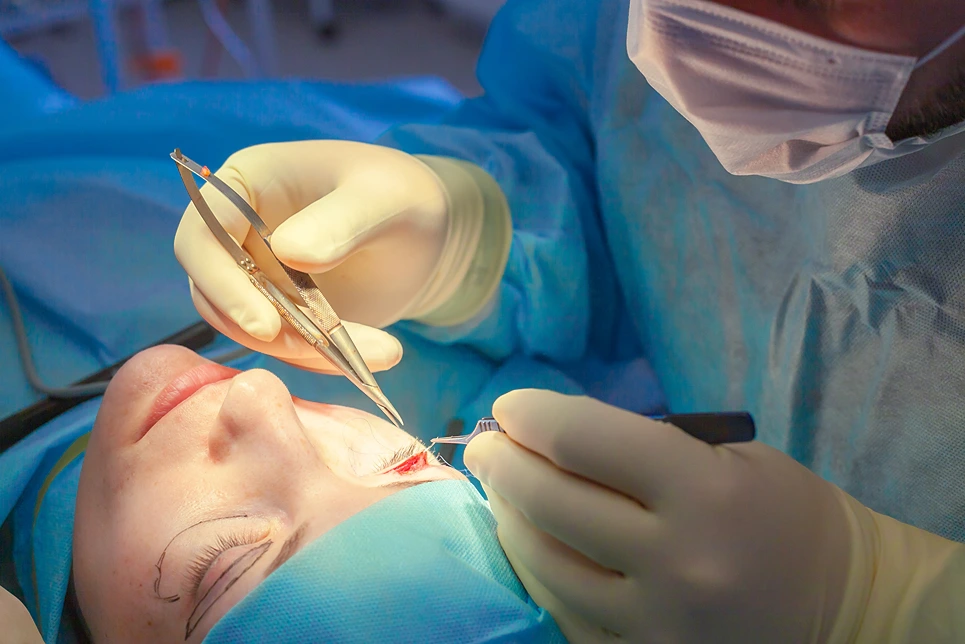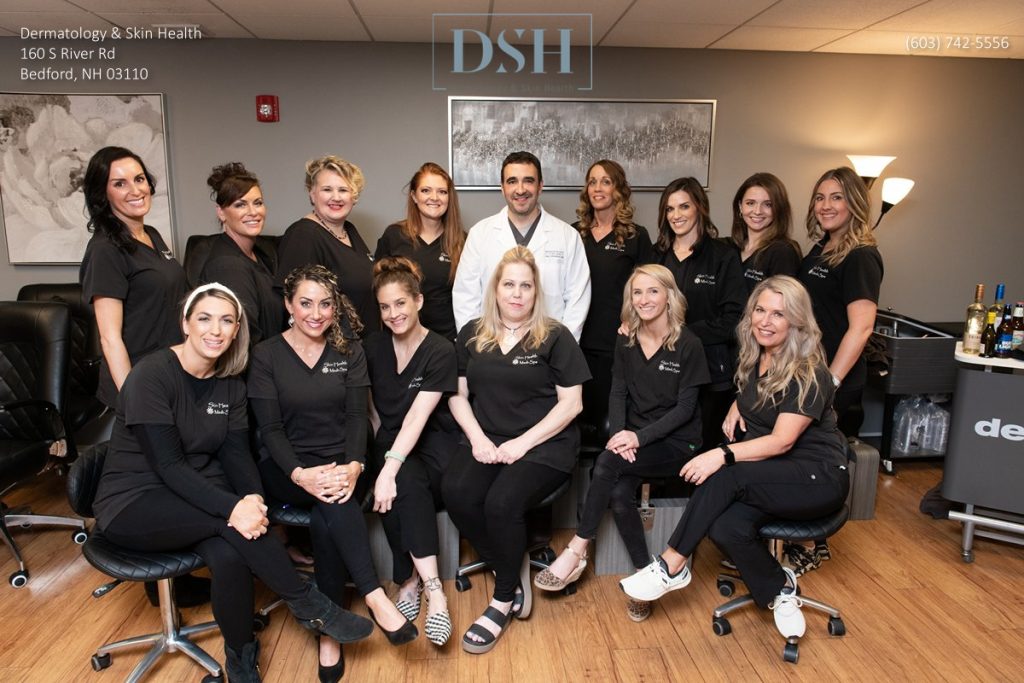

Mohs surgery removes skin cancer one layer at a time, preserving healthy tissue. It's the most precise way to treat common skin cancers.

Mohs surgery, developed by Dr. Frederic Mohs in the 1930s, is a specialized surgical technique that allows for the complete removal of skin cancer while sparing as much healthy tissue as possible. The procedure involves progressively removing thin layers of cancerous skin tissue and examining each layer microscopically until only cancer-free tissue remains.
This precise approach makes Mohs surgery ideal for treating skin cancers on cosmetically or functionally important areas like the face, scalp, hands, feet, and genitals. It offers the highest cure rates of any treatment - up to 99% for new skin cancers and 94-95% for recurrent cancers.
Your dermatologist may recommend Mohs surgery for skin cancers in cosmetically and functionally important areas like the face, ears, or lips. It's also the go-to treatment for recurrent skin cancers, those with ill-defined edges, or aggressive growth patterns.
The goal is to remove the entire cancerous lesion while minimizing the removal of healthy tissue and scarring.
So, what exactly happens during a Mohs dermatology procedure? Here's a breakdown of the process:
Mohs surgery is most commonly used to treat basal cell carcinoma and squamous cell carcinoma, the two most common types of skin cancer. It may also be used for certain melanomas, rare skin cancers like dermatofibrosarcoma protuberans, microcystic adnexal carcinoma, and sebaceous carcinoma.
The procedure is appropriate for various types of skin cancers, including basal cell carcinoma and squamous cell carcinoma. The location and size of the growth, as well as your overall health status, are also factors to consider.
You may be a good candidate for Mohs surgery if your skin cancer is:
The best way to determine if you're a suitable candidate is to consult with a Mohs surgeon. They will evaluate your specific case and provide a professional recommendation on the most appropriate treatment approach.

You might be wondering, "How long does a Mohs dermatology procedure take?" and "Is it painful?" Let's address those concerns.
The procedure can take anywhere from 4 to 8 hours, depending on the size and complexity of the cancer. Don't worry, though – a local anesthetic is used to numb the area, so you'll experience minimal discomfort. After the surgery, you'll receive post-operative care instructions, such as how to care for the dressing and apply ointments.
It's normal to experience some swelling, bruising, and scarring, but these side effects are typically minimal compared to other skin cancer treatments. Your surgeon will advise you on when you can resume normal activities.
Mohs surgery offers several advantages over other skin cancer treatments:
While Mohs surgery is generally very safe, no procedure is without risks. Potential complications may include:
Recurrence of skin cancer after Mohs surgery is rare but possible. Regularly follow up with your dermatologist to monitor for any new suspicious lesions.
Mohs procedures are performed by dermatologists who have completed specialized training and certification in this technique.
Look for a dermatologist who is a "fellow of the American College of Mohs Surgery" – this credential indicates extensive experience and expertise in Mohs surgery, including complex reconstructions after the cancer is removed.

Yes, you can eat a normal breakfast and take your regular medications on the day of Mohs surgery, unless your doctor instructs you otherwise. Avoiding caffeine may be advised as it can increase bleeding. Since the procedure is done under local anesthesia, fasting is not required.
After removing the skin cancer, there will be a surgical wound. However, Mohs surgeons are trained in reconstruction to repair the wound, often using stitches to close the incision. In some cases, a skin flap or graft may be used. The goal is to provide the best functional and cosmetic outcome.
It's best to avoid applying makeup directly on the surgical site for at least 1-2 weeks to prevent infection and allow proper healing. After this initial period, makeup can usually be applied to conceal redness or scarring. Your surgeon can advise you on when it's safe to use makeup based on your individual healing.
Most people can return to work or normal activities the next day after Mohs surgery, depending on the extent and location of the procedure. However, you'll need to avoid strenuous exercise, heavy lifting, and swimming for 1-2 weeks. Your surgeon will provide specific activity guidelines to follow during recovery.
It's usually recommended to have someone drive you home after Mohs surgery, especially if the wound is extensive or close to your eyes. The local anesthesia and bandaging may affect your vision and ability to drive safely. It's best to arrange for a ride to avoid putting yourself and others at risk.
Typically, antibiotics are not necessary after Mohs surgery. The risk of infection is low when proper wound care instructions are followed. However, if you have certain medical conditions or develop signs of infection, your surgeon may prescribe preventive or therapeutic antibiotics on a case-by-case basis.
If your desired appointment type or preferred provider is unavailable online, kindly call (978) 525-0100 for Peabody, MA and (603) 742-5556 for all New Hampshire locations. Alternatively please feel free to send us your request via the patient portal, or via email at info@dermskinhealth.com
*For medical dermatology appointments in MA please dial (978) 525-0100 or fill out the appointment request form above.